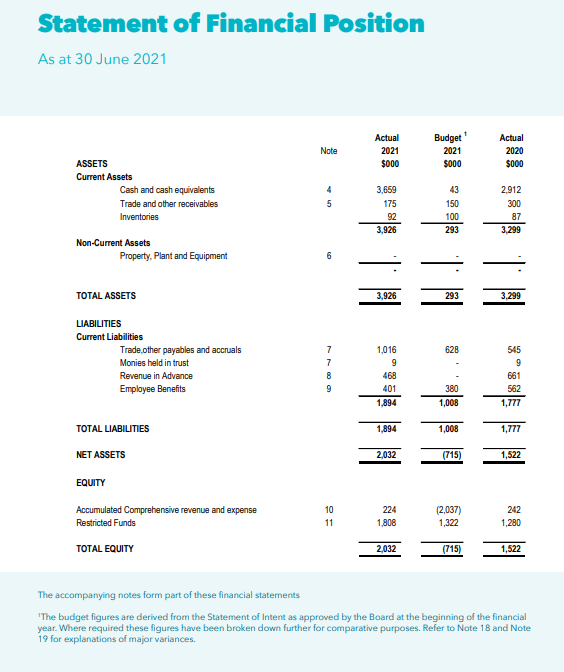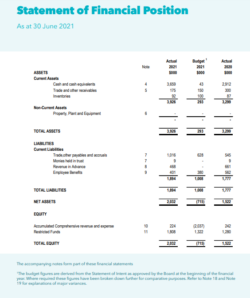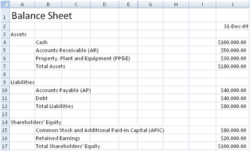A non profit balance sheet template is a crucial tool for any non-profit organization looking to effectively manage its financial affairs. Understanding your organization’s financial position is vital for making informed decisions about resource allocation, strategic planning, and compliance with reporting requirements. The balance sheet, along with other financial statements, provides a comprehensive snapshot of a non-profit’s financial health at a specific point in time.
A non profit balance sheet template typically includes three main sections: Assets, Liabilities, and Net Assets. Assets represent the resources owned by the organization, such as cash, accounts receivable, and inventory. Liabilities are debts or obligations owed to outside parties, such as accounts payable, loans, and mortgages. Net assets are calculated by subtracting liabilities from assets and represent the organization’s residual ownership interest.
The balance sheet equation, Assets = Liabilities + Net Assets, must always hold true. This equation ensures that the organization’s assets are accounted for and that the sources of those assets are properly identified. By adhering to this equation, the non-profit can maintain a balanced and accurate view of its financial position.
Understanding Non Profit Balance Sheet Accounts
Assets: Assets are typically classified into current assets and non-current assets. Current assets include resources that can be easily converted into cash, such as cash on hand, marketable securities, and accounts receivable. Non-current assets are long-term investments and resources that cannot be easily converted into cash, such as property, equipment, and investments.

Liabilities: Liabilities are typically classified into current liabilities and non-current liabilities. Current liabilities are obligations that are due within one year, such as accounts payable, accrued expenses, and short-term loans. Non-current liabilities are long-term obligations that are due more than one year from the balance sheet date, such as long-term loans, bonds, and mortgages.
Net Assets: Net assets represent the organization’s ownership interest in its assets. Net assets can be further classified into unrestricted, temporarily restricted, and permanently restricted. Unrestricted net assets can be used for any purpose by the organization. Temporarily restricted net assets can be used for specific purposes as outlined by donors or grantors. Permanently restricted net assets must be maintained in perpetuity and cannot be spent by the organization.
Using a Non Profit Balance Sheet Template
Using a non profit balance sheet template is a simple and efficient way to create a comprehensive financial statement for your organization. The template provides a structured framework that ensures all the necessary information is included in a standardized format. This consistency allows for easy comparison of financial data over time and facilitates the analysis of trends and financial performance.
When using a non profit balance sheet template, it is important to ensure accuracy and completeness of the information provided. All financial data should be carefully reviewed and reconciled to ensure that the balance sheet reflects the true financial position of the organization. Regular reviews of the balance sheet can help identify areas for improvement and inform decision-making processes.
A non profit balance sheet template is an essential tool for managing the financial affairs of any non-profit organization. By understanding the different accounts and sections of the balance sheet, and by using a template to create accurate and timely financial statements, organizations can gain valuable insights into their financial performance and make informed decisions that support their mission and objectives.



